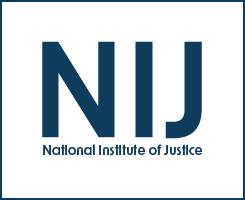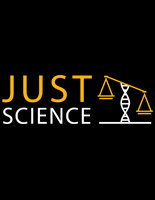Gender and Criminal Justice Responses to Terrorism in the United States
Journal
Crime & Delinquency
Date Published
2021
Agencies
NIJ-Sponsored
Publication Type
Research (Applied/Empirical)




